The American landscape: from wilderness to wasteland – in pictures
Thursday 17 March 2016
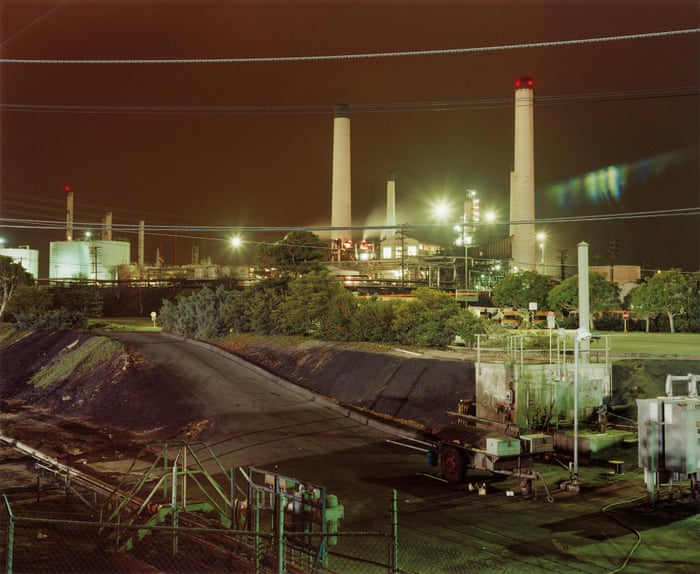

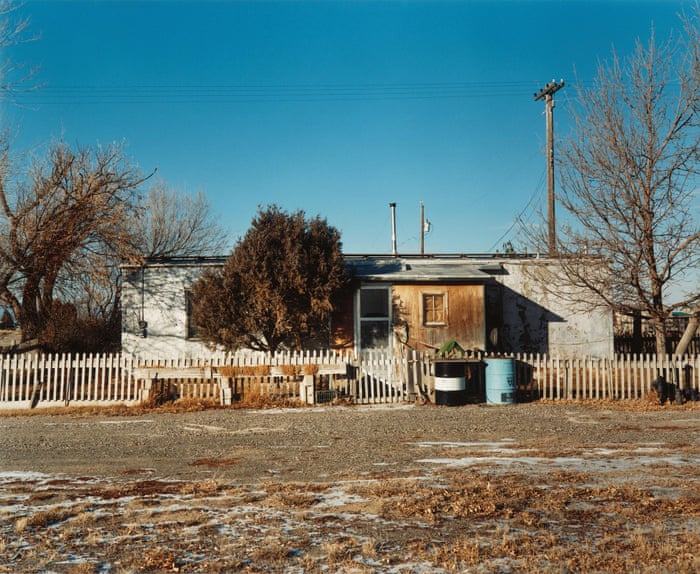
Off of main street, Atomic City, Idaho, 1986

Silver Bow Creek polluted by mine waste in Butte, Montana, 1987
 Looking toward Los Angeles from Interstate 5, near Sylmar, California, 1985
Looking toward Los Angeles from Interstate 5, near Sylmar, California, 1985

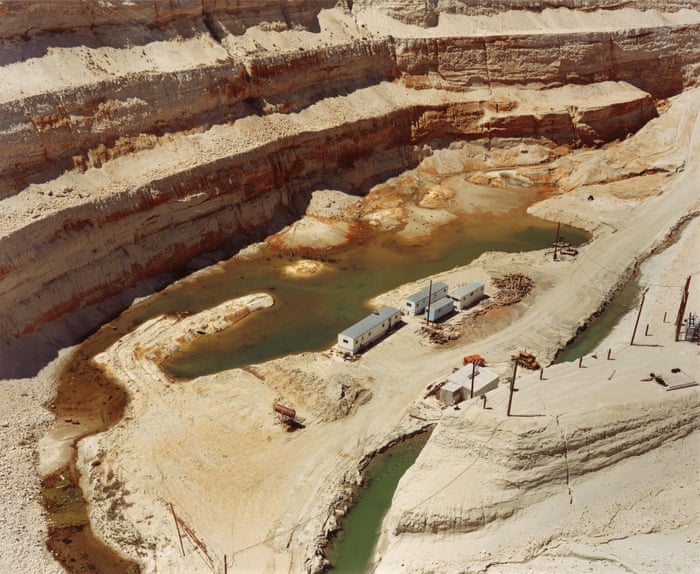
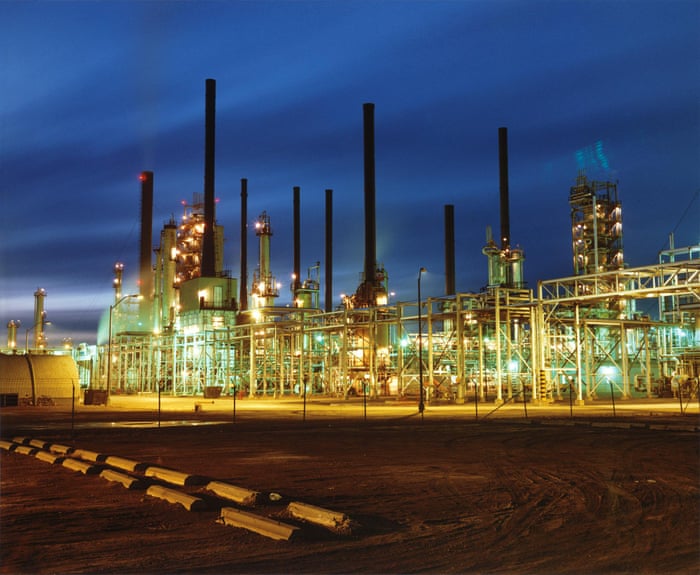
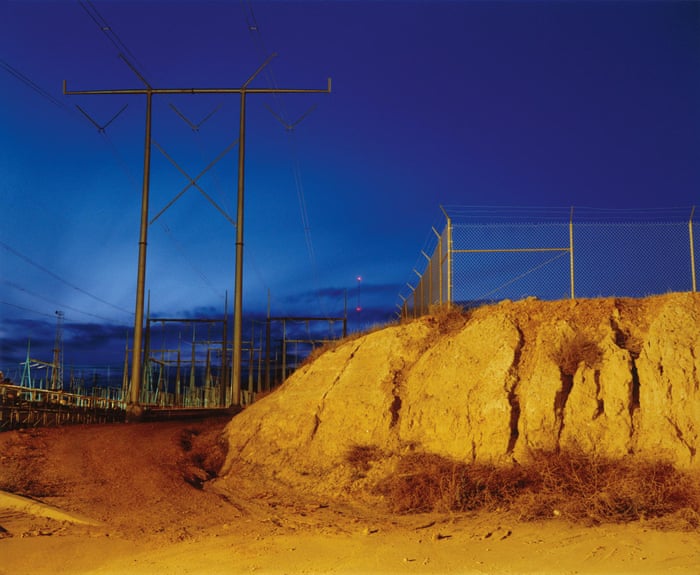
Dusk on the prairie, Montana (Montana Power Company, Colstrip, Montana), 1982


Tooele Army Depot Superfund site, Tooele, Utah, 1986
One photographer exposes the naïve faith of Alexis de Tocqueville’s belief in the “triumphant march of civilization.”
Ft. Worth-Dallas Club, next to the Pantex nuclear weapons plant, Carson County, Texas, 1985.
The landscape of the United States has been celebrated in story and song since this nation’s founding over two hundred years ago. Across the centuries, artists have documented the wilderness as a symbol of freedom, heroism, and grandeur. How tragic it is to see how the tide has turned. In Wilderness to Wasteland (Taverner Press), photographer David T. Hanson exposes the naïve faith of Alexis de Tocqueville’s belief in the “triumphant march of civilization.” Born and raised in Montana, Hanson has a sensitivity to the landscape that helped to shape the course of his life’s work: documenting the destruction and desecration of the corner of earth we call America.
The photographs in Wilderness to Wasteland were made during and just after Hanson created his much-acclaimed series Colstrip, Montana, which was exhibited by John Szarkowski at The Museum of Modern Art in 1986. Here we see a vast network of industrial horror, from Atomic City, Idaho, site of the world’s first nuclear plant and first reactor meltdown to Butte, Montana, home to vast copper mines and the location of the largest toxic waste site in the U.S., as well as aerial and landscape views taken across the country during the day and night. It’s a nightmare of epic proportions hiding in plain sight. Hanson speaks with Crave about the monster we have created.
What was the inspiration for Wilderness to Wasteland?
David T. Hanson: In the late 1970s, after I had spent a number of years primarily photographing wilderness areas in Montana and throughout the West, my photographic work became increasingly focused on the relationship humans have with their environment. My interest in our transformed landscape culminated in 1982, when I began an extended study of Colstrip, Montana, the site of one of the largest coal strip mines in North America as well as the coal-fired power plant and modern-day factory town that it surrounds. Over the course of three years, I photographed many aspects of the Colstrip operation, including a series of aerial views of the site. The Colstrip series was the beginning of my more critical examination of the 20th century American landscape and culture, how we live now and the consequences of that.
How have your travels across America exposed the true cost of industrialization?
Most of these pictures were made as I traveled throughout the U.S. on a Guggenheim Fellowship (and a subsequent NEA Individual Artist’s Fellowship), traveling to 45 states in 12 months. It was a difficult and sobering year, being constantly exposed to the stunning number of hazardous waste sites throughout the country and the extent of the damage that has been done. It felt like I was working in a war zone—a war that we have been waging on the earth, a war that has an enormous impact on our environment and on our health.
How do you think that the photograph adds to the environmental discussion in a way that no other medium does?
Even in this era of Photoshop and Instagram, photographs still carry for most people an inevitable sense of truth, of reality, of bearing witness to something that is real. Various environmental groups have told me that my photographs have been very helpful in their work, that clear, compelling, persuasive pictures communicate in a very powerful way. To see a photograph of a nuclear waste dump and the poisonous colors of the toxins in it juxtaposed with the natural landscape or the inhabited landscape has a visceral impact on a viewer. We’ve all read about these things and have heard about them, but to actually see it is a very different thing.
What was the inspiration for Wilderness to Wasteland?
David T. Hanson: In the late 1970s, after I had spent a number of years primarily photographing wilderness areas in Montana and throughout the West, my photographic work became increasingly focused on the relationship humans have with their environment. My interest in our transformed landscape culminated in 1982, when I began an extended study of Colstrip, Montana, the site of one of the largest coal strip mines in North America as well as the coal-fired power plant and modern-day factory town that it surrounds. Over the course of three years, I photographed many aspects of the Colstrip operation, including a series of aerial views of the site. The Colstrip series was the beginning of my more critical examination of the 20th century American landscape and culture, how we live now and the consequences of that.
How have your travels across America exposed the true cost of industrialization?
Most of these pictures were made as I traveled throughout the U.S. on a Guggenheim Fellowship (and a subsequent NEA Individual Artist’s Fellowship), traveling to 45 states in 12 months. It was a difficult and sobering year, being constantly exposed to the stunning number of hazardous waste sites throughout the country and the extent of the damage that has been done. It felt like I was working in a war zone—a war that we have been waging on the earth, a war that has an enormous impact on our environment and on our health.
How do you think that the photograph adds to the environmental discussion in a way that no other medium does?
Even in this era of Photoshop and Instagram, photographs still carry for most people an inevitable sense of truth, of reality, of bearing witness to something that is real. Various environmental groups have told me that my photographs have been very helpful in their work, that clear, compelling, persuasive pictures communicate in a very powerful way. To see a photograph of a nuclear waste dump and the poisonous colors of the toxins in it juxtaposed with the natural landscape or the inhabited landscape has a visceral impact on a viewer. We’ve all read about these things and have heard about them, but to actually see it is a very different thing.
You have expressed your concern about what Americans are leaving to future generations. Could you elaborate on this?
It seems frightening yet strangely appropriate that the most enduring monuments the West will leave for future generations will not be Stonehenge, the Pyramids of Giza, or the cathedral at Chartres, but rather the hazardous remains of our industry and technology. The temples of the Aztec and Mayan civilizations have survived a mere 500–2,000 years; Native American Anasazi cave dwellings and pictographs date back only 1,000–2,500 years. How much longer lasting—and how tragic in consequence—will be the contemporary wasteland that has been created in the United States during the past 200 years, and especially the last fifty.
What we have managed to do to this country in a mere 200 years, and to the American West in much less time, defies the imagination. Driven by our distorted notions of progress, we have realized the logical conclusion of our Manifest Destiny, and have transformed our natural world from wilderness to pastoral landscape to industrial site and now to wasteland. The Aboriginal people of Australia give voice to this conflict between technology and nature when they ask, “What will you do when the clever men destroy your water?”









No comments:
Post a Comment